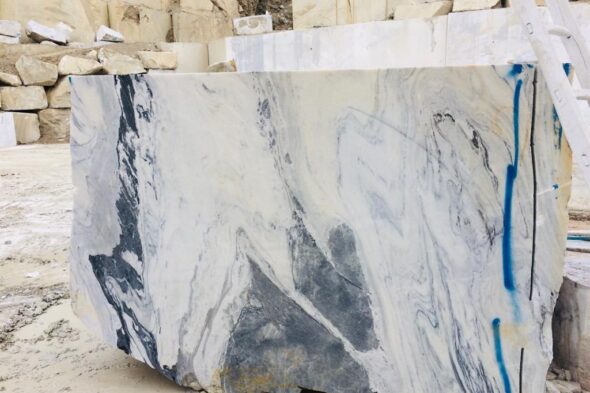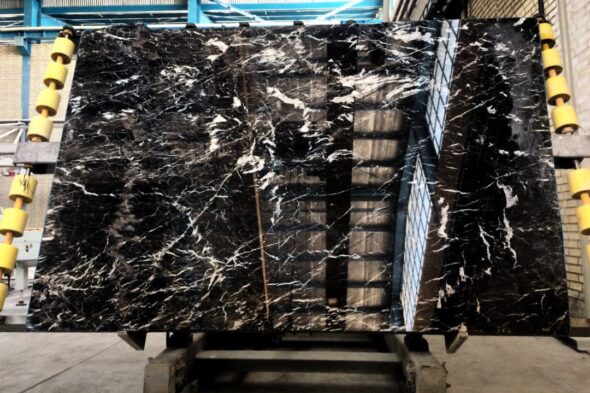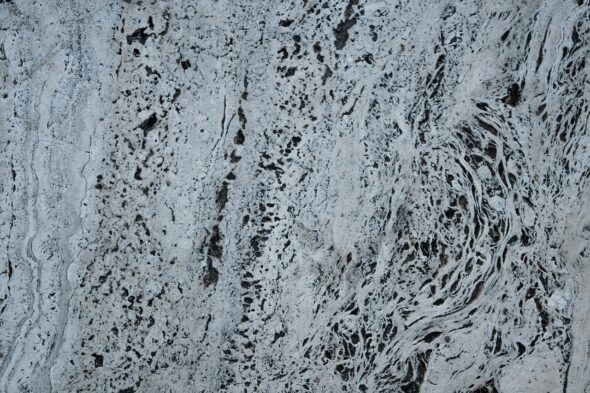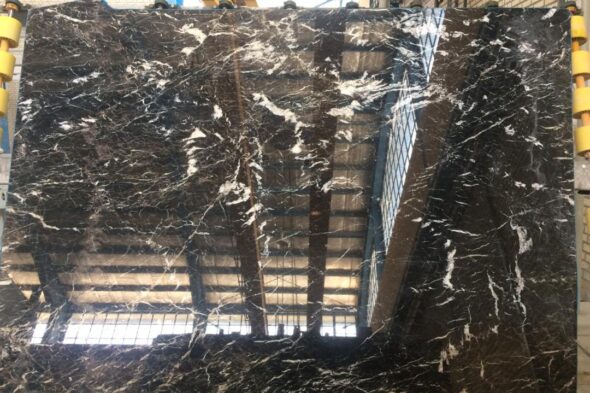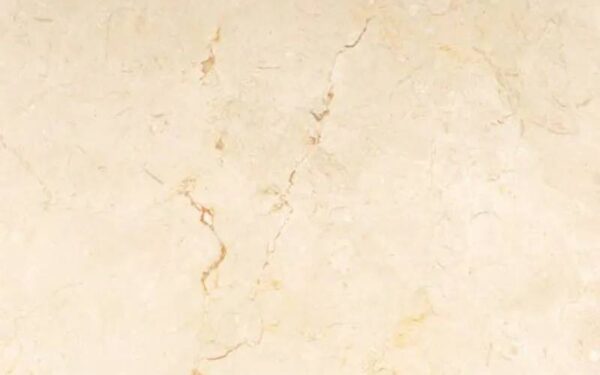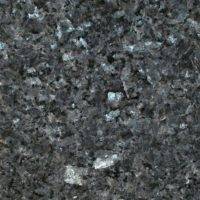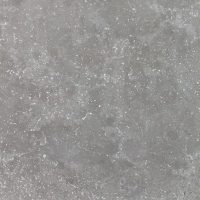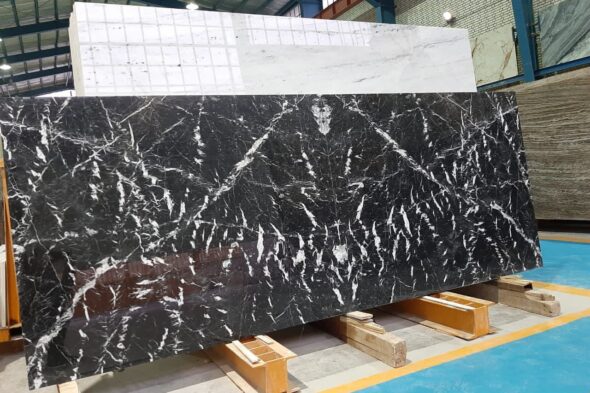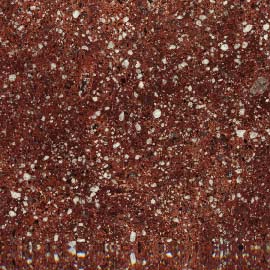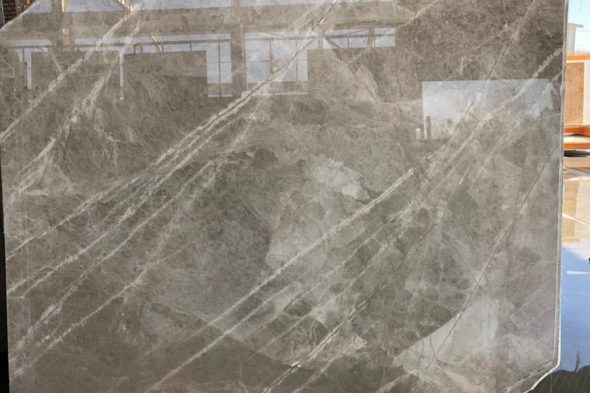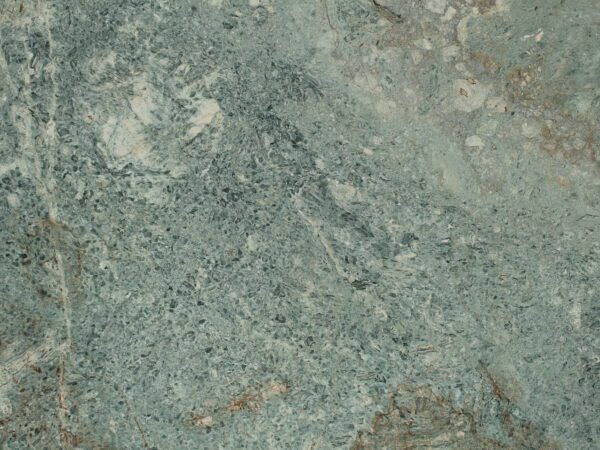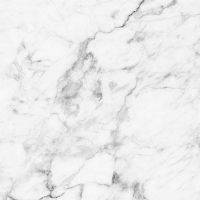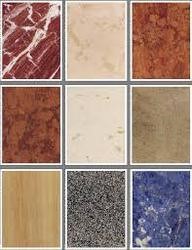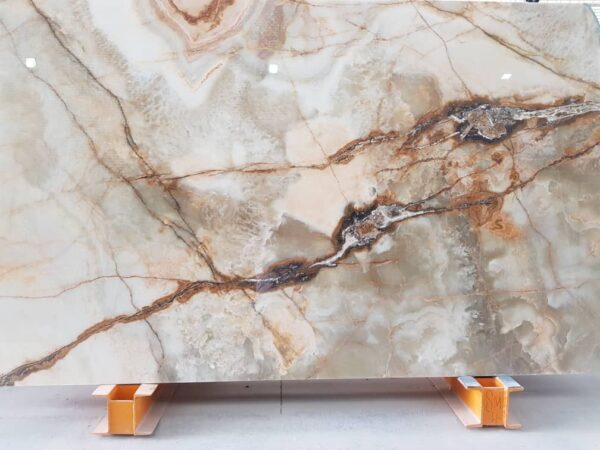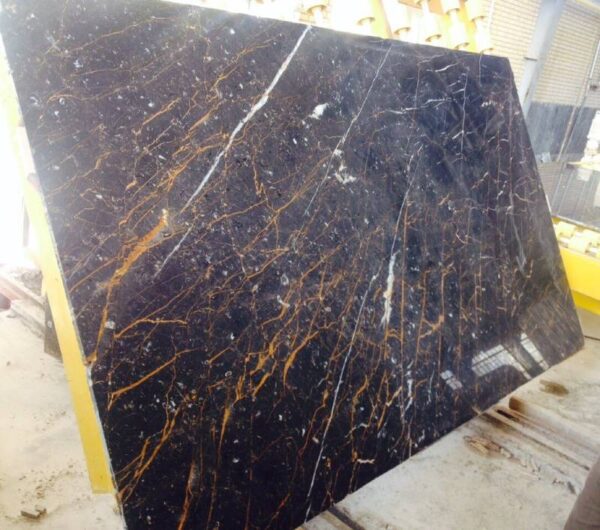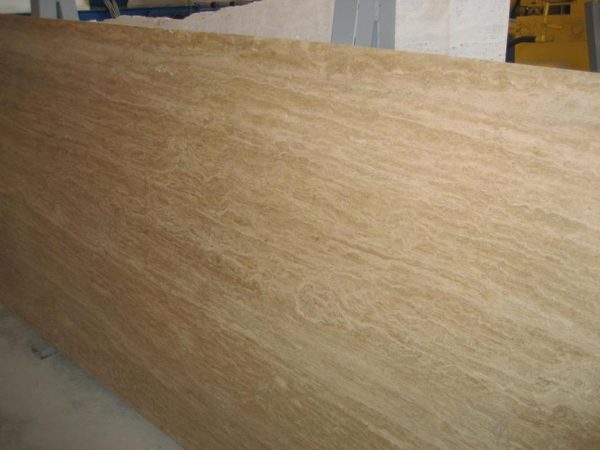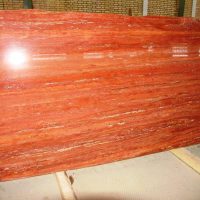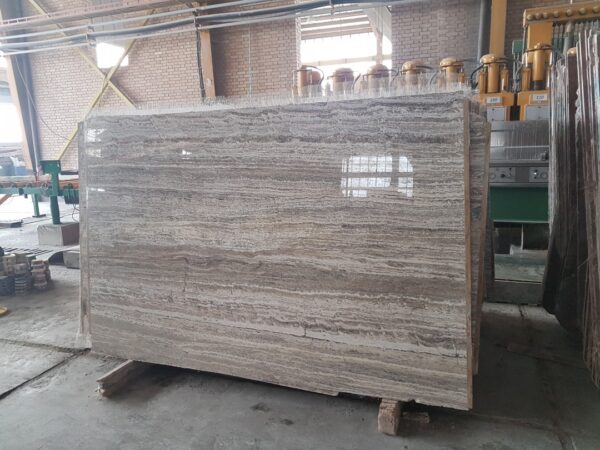A Complete Guide
Kuwait’s construction industry has witnessed rapid growth, creating a high demand for quality materials. Among these materials, natural stones such as marble, granite, limestone, and travertine are the most popular choices. These stones provide durability, beauty, and versatility, making them ideal for both residential and commercial projects. Let’s explore the most demanded stones in Kuwait and why they are so highly favored.


Popular Stones in Demand in Kuwait
Several types of stones dominate the Kuwaiti market. Each of these stones offers distinct benefits for construction and design. Here are the top choices:
Marble
Marble is a leading choice in Kuwait due to its luxurious and polished appearance. Many homeowners and designers choose marble for high-end residential and commercial projects, including countertops, flooring, and wall cladding. The stone’s variety of colors and veins gives designers flexibility. Marble’s reflective surface also brightens interiors, enhancing the overall elegance of a space.
Granite
Granite is another highly sought-after stone in Kuwait because of its unmatched durability. Builders rely on granite for countertops, flooring, and facades, as it resists heat, stains, and scratches. This stone’s strength makes it perfect for high-traffic areas, like kitchens and bathrooms. Additionally, granite’s wide variety of colors and patterns allows it to complement both modern and traditional designs, making it a versatile material for many projects.
Limestone
Limestone is prized in Kuwait for its affordability and natural beauty. It’s widely used in outdoor applications such as paving, landscaping, and walkways. The light, neutral colors of limestone create a natural look that complements various architectural styles. Its durability and weather resistance make it perfect for the harsh climate. Moreover, limestone’s ease of cutting makes it a preferred option for custom designs and architectural features.
Travertine
Travertine has gained popularity in Kuwait, especially for outdoor spaces like patios, gardens, and walkways. This stone’s rustic appearance and warm tones make it ideal for creating welcoming, timeless outdoor environments. Travertine is also durable and weather-resistant, making it a great option for Kuwait’s extreme climate. It is often used for flooring, wall cladding, and decorative features, adding elegance and charm to any space.
Why These Stones Are in High Demand in Kuwait
The growing popularity of marble, granite, limestone, and travertine in Kuwait is driven by several key factors.
Durability
Durability is essential in a country with extreme temperatures and occasional sandstorms. Granite and marble offer incredible strength and resilience, while limestone and travertine can handle intense weather conditions. These stones retain their beauty and durability over time, making them ideal choices for both interior and exterior applications.
Aesthetic Appeal
Each of these stones offers a unique aesthetic. Marble and granite add luxury and sophistication to any space, while limestone and travertine provide a natural, rustic charm. The variety of colors, textures, and finishes available allows architects and designers to create customized environments that meet diverse design preferences.
Versatility
Marble, granite, limestone, and travertine are versatile materials that work in various applications. Whether it’s for interior flooring, exterior facades, or landscaping, these stones can be used in numerous ways. Their flexibility makes them ideal for a wide range of projects, offering functional and aesthetic value.

